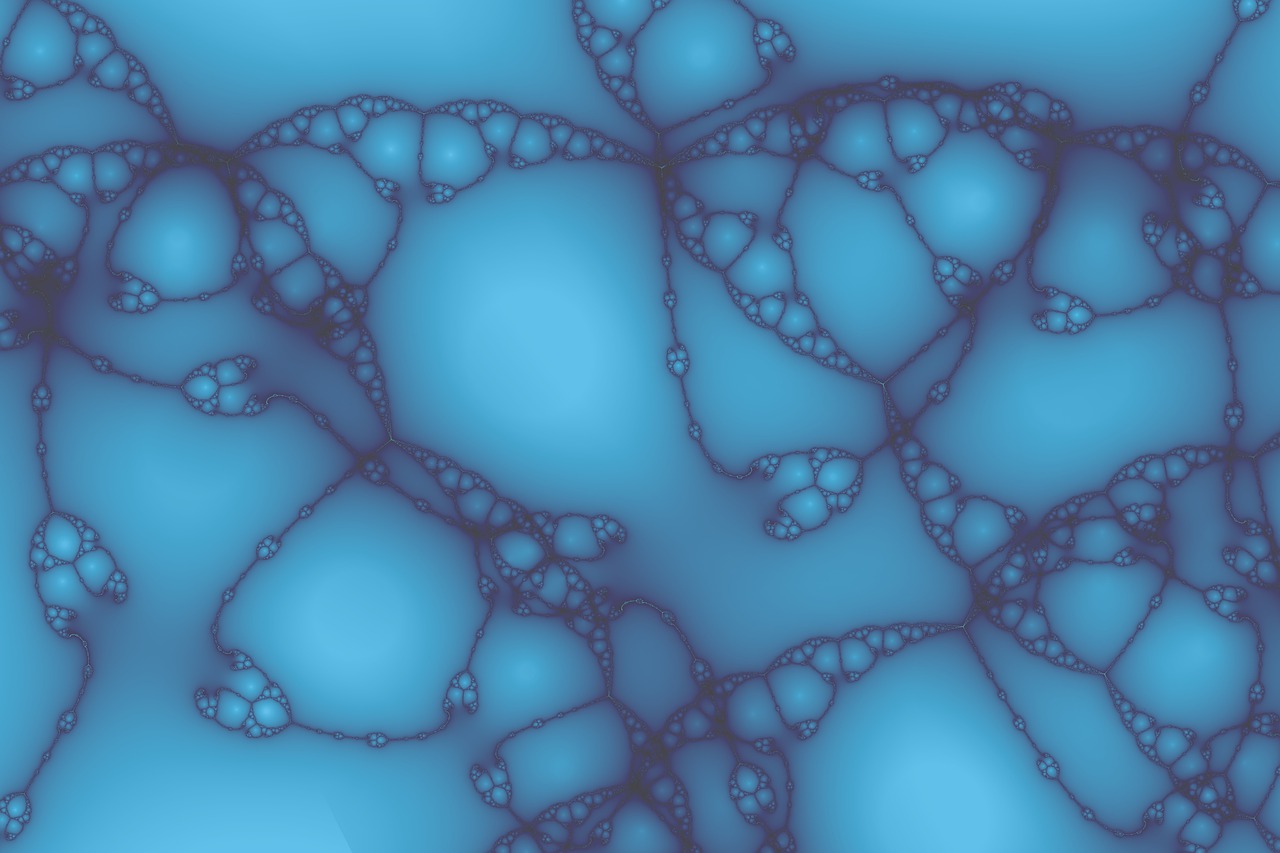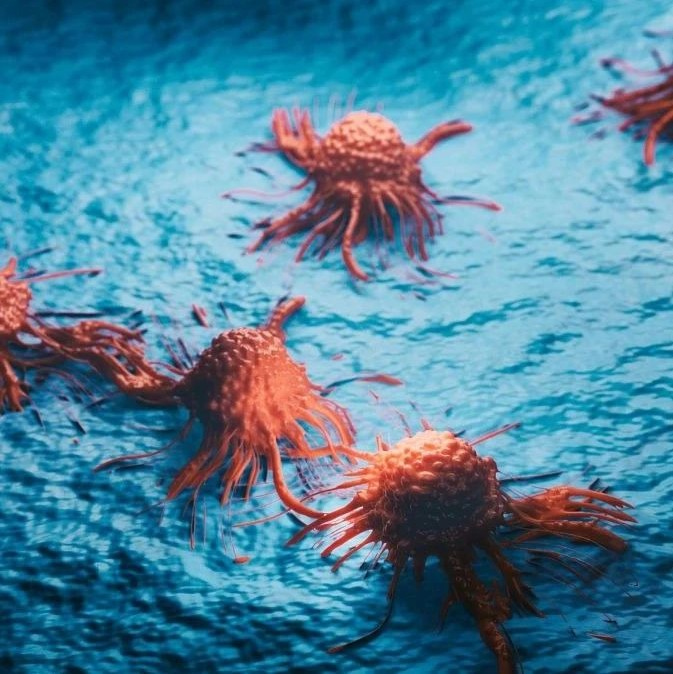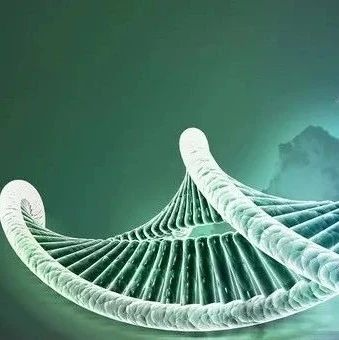摘要:美国亚利桑那大学研究人员在7月3日的《自然—地球科学》杂志上发表研究报告称,海洋表层变暖将导致格陵兰及南极冰盖水下部分加速融化,因此海平面升高的程度也将比原先预计的更为严重。
研究人员根据19个最先进的气候模型提出全球变暖将在本世纪及下世纪加速大冰盖融化速度的论点。他们指出,在本世纪及下世纪,除受暖风影响之外,格陵兰岛和南极冰盖的水下部分将浸泡于逐渐变暖的海水中,融化速度将加快。
研究人员预测,受此影响,到本世纪末,海平面将上升1米,在以后的世纪里,海平面上升的速度将更快。
研究人员指出,与大气变暖相比,海洋变暖后果更为严重,因为海水的热容量远远超过空气的热容量,就好比将一块冰放在温暖的屋内,冰需要几小时才会融化,但如果将冰块放在差不多温度的暖水中,冰块几分钟就会融化。
生物探索推荐英文论文摘要:
Nature Geoscience (2011)
doi:10.1038/ngeo1189
Different magnitudes of projected subsurface ocean warming around Greenland and Antarctica
Abstract:
The observed acceleration of outlet glaciers and ice flows in Greenland and Antarctica is closely linked to ocean warming, especially in the subsurface layer. Accurate projections of ice-sheet dynamics and global sea-level rise therefore require information of future ocean warming in the vicinity of the large ice sheets. Here we use a set of 19 state-of-the-art climate models to quantify this ocean warming in the next two centuries. We find that in response to a mid-range increase in atmospheric greenhouse-gas concentrations, the subsurface oceans surrounding the two polar ice sheets at depths of 200–500m warm substantially compared with the observed changes thus far. Model projections suggest that over the course of the twenty-first century, the maximum ocean warming around Greenland will be almost double the global mean, with a magnitude of 1.7–2.0°C. By contrast, ocean warming around Antarctica will be only about half as large as global mean warming, with a magnitude of 0.5–0.6°C. A more detailed evaluation indicates that ocean warming is controlled by different mechanisms around Greenland and Antarctica. We conclude that projected subsurface ocean warming could drive significant increases in ice-mass loss, and heighten the risk of future large sea-level rise.

Figure 1: Recent observed and ensemble mean projections of subsurface (200–500 m) ocean temperatures under the A1B scenario.

Figure 2: Projections of subsurface ocean warming during 2091–2100 and 2191–2200 under the A1B scenario.

Figure 3: Ocean warming as a function of depth.







